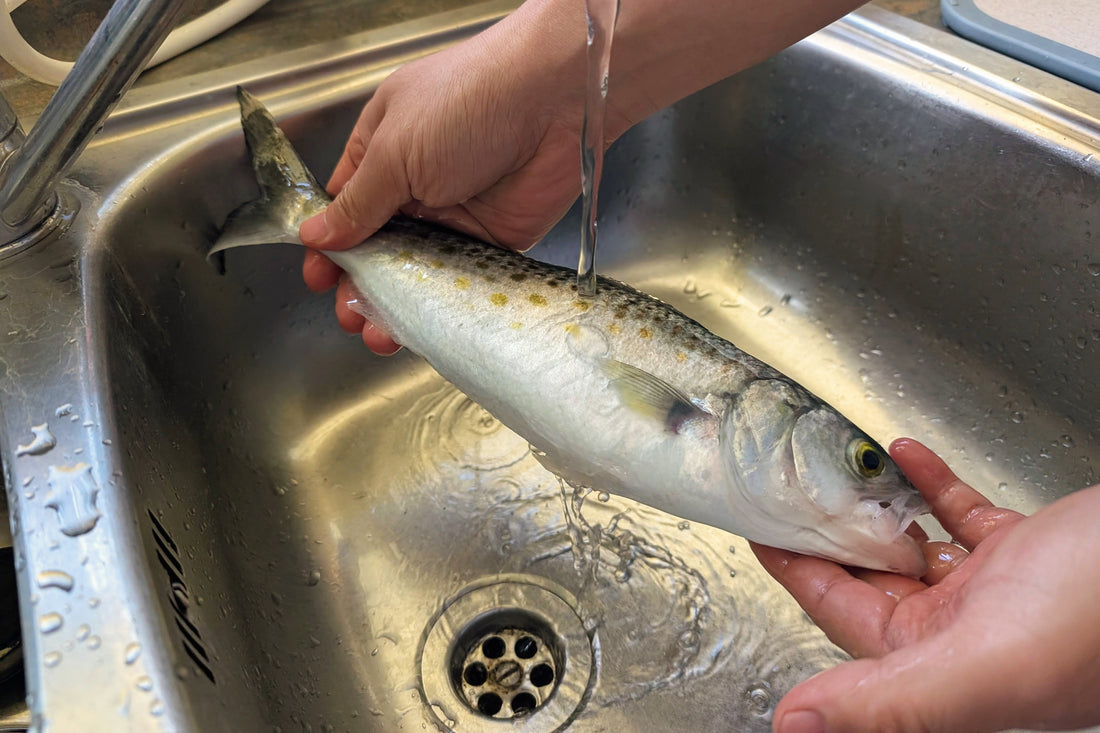
How to Dry Age Fish at Home: A Simple Guide
Share to others
Unlock Incredible Flavour: The Simple Art of Dry Aging Fish
Introduction
While many enjoy the taste of fresh fish, there's a growing appreciation for the unique flavours that develop through ageing. Age fish is a controlled process that allows natural enzymes to break down the muscle tissue, resulting in a more tender texture and richer taste. In this blog post, we'll guide you through an easy process of dry age fish at home.
Tools for Prepare Age Fish
- Preparation deck
- Fish Scissors
- Kitchen knife
- Self-seal bags
- Kitchen paper towels
Procedure
-
Clean the Fish: Begin by cleaning your chosen fish, but leave the scales on. This helps to slow down the oxidation of the fish skin, preserving its quality.

-
Open and Remove the Guts: Use good quality fish handling tools, pro fish scissors to carefully open the fish's belly and remove the guts. For larger fish, you may need a knife to break the bones and remove any sharp parts.
-
Remove Excess Blood: Rinse the fish thoroughly under cold water to remove any excess blood.

-
Clean and Dry the Fish: Pat the fish dry with paper towels. For optimal results, consider spraying the fish with clean saltwater before the final drying.


-
Stuff the Belly and Wrap 4 layers with Paper Towels: Place enough paper towels inside the fish's belly to absorb moisture and keep it dry. Wrap the fish with 4 layers paper towel.


-
Seal and Vacuum-Pack: Place the fish in a self-seal bag and remove as much air as possible before sealing.

-
Refrigerate and Turn: Store the fish in the refrigerator at a temperature of 2-3 degrees Celsius. Remember to turn the fish over daily.
-
Change Paper Towels: If you plan to age the fish for a longer period, change the paper towels after three days.
I used a small kahawai for demonstration purpose. For better age process, use the longer and larger bag to match your fish length.
Tips and Considerations
- Choice of Fish: While many types of fish can be aged, fattier fish like tuna, mackerel, and salmon are particularly well-suited to this process.
- Age Time: The optimal age time varies depending on the type of fish, its size, and your personal preference. Start with a shorter age period (1-3 days) and gradually experiment to find what you enjoy most.
- Safety: Always maintain a clean working environment and ensure your refrigerator is at the correct temperature to prevent bacterial growth.
Conclusion
Age fish is a fantastic way to unlock a whole new level of flavour and texture. Give it a go and impress your friends and family with this simple yet impressive technique.









